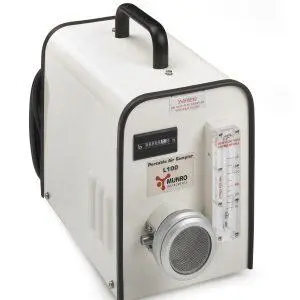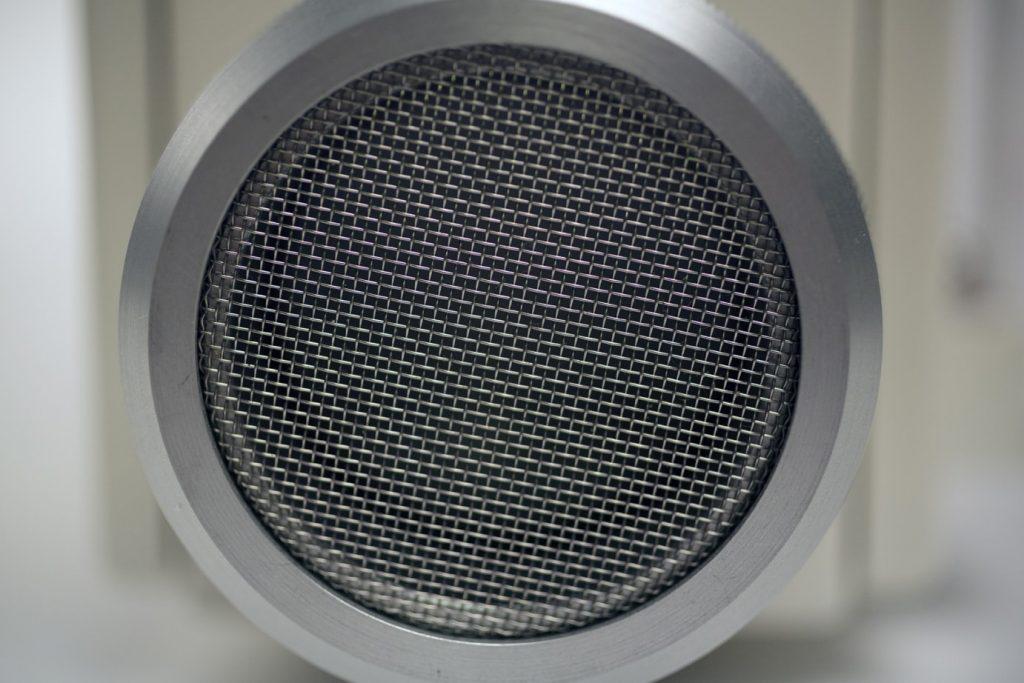What is the Typical Particle Size Range Detectable by Industrial Air Samplers?

Air quality monitoring is important component of maintaining a safe and healthy work environment in industrial settings. What are airborne particles? Airborne particles, often referred to as aerosols, are tiny solid or liquid particles suspended in the air. They vary greatly in size and composition, ranging from dust and pollen to microscopic pathogens and chemical […]
How Does the Flow Rate of an Air Sampler Affect Sampling Efficiency?

Air samplers are devices used to collect air samples for analyzing contaminants such as dust, gases, or microbes. The primary goal of an air sampler is to capture a representative sample of the air in question, and the flow rate is one of the most crucial factors that determine its effectiveness. Understanding Flow Rate Flow […]
Gravimetric Air Sampling

Air quality assessments help to quantitatively evaluate the fraction of harmful material in the air. In many industries, this may be a legal requirement to ensure standards are being met or to determine the effectiveness of control strategies.That’s why Air Quality Sensors / Air Quality Monitors are used Protect the environment Employers must take all […]
Farming and Pollution

The rise of large-scale factory farms in recent years has raised questions about their impact on surrounding areas. What pollutants are they putting into the air? Researchers from the Earth Institute at Columbia University found that where farm emissions combine with industrial waste and vehicle pollution this leads to the creation of harmful aerosols. Particulate […]
NO₂ in London

London has some of the highest levels of street pollution in the world. Oxford Street, a busy shopping zone, is one of London’s worst affected areas, with high concentrations of nitrogen dioxide (NO2) recorded. This pollutant is produced when fossil fuels are burned. Oxford Street is particularly badly affected owing to the volume of traffic on […]
Introduction to Air Sampling

Air Sampling involves drawing a known volume of air through a filter, trapping the contaminants and measuring the amount of contaminant captured. Introduction to Air Sampling The results are usually expressed as a concentration, calculated by dividing the volume of air by the amount of contaminant captured. To calculate the volume of air, you multiply the […]
Whose pollution anyway?

The weather impacts air quality. It comes as no surprise, then, that many of the world’s most polluted cities are awkwardly situated from climatic perspective. In Santiago, Chile, where air pollution regularly exceeds critical levels, scanty rain and low wind speeds prevent atmospheric mixing from taking place, causing a build-up of smog. The city’s striking […]
Low Emission Zones

Poor air quality is known to be the most significant environmental cause of premature death in the EU. This disturbing fact also extends to many other countries around the world. Initiatives to combat this issue are therefore a priority for many governments. The implementation of a Low Emission Zone (LEZ) is one such initiative. LEZs aim to improve […]
Energy Security

No longer are renewables the sole preserve of the environmentally minded. Technological advances have improved efficiency and reduced costs, helping to restore faith in the clean energy market. For many, investment in this sector has proved extremely profitable. Countries and corporations are seeking new ways to innovate and rationalize without having to mine, frack or […]
Corporate Citizenship

Good businesses ensure that workers are happy and healthy – productivity depends on it. Low satisfaction, medical complaints and absenteeism affect employee performance and reduce output. Where legislation exists protecting workers’ health and well-being (as it does in much of the world), it should be viewed not as a minimum legal requirement but as a […]



